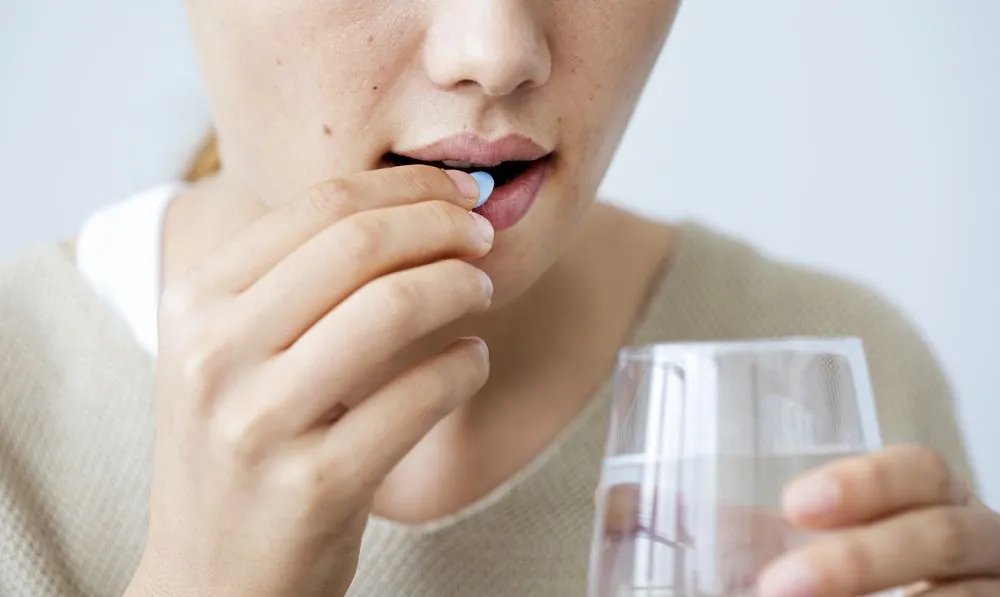Antibody Responses to the Pfizer/BioNTech Vaccine for Allo Transplant Patients

A recent article in the Journal The Lancet (Haematology), one of the pre-eminent medical journals in the world, opens with the following wake-up call:
“The prognosis of COVID-19 infection is poor in hematopoietic stem cell transplant (HSCT) recipients. In a large multicentric series of 318 HSCT recipients (184 allogeneic HSCT recipients and 134 autologous HSCT recipients), the probability of overall survival at 30 days after the diagnosis of COVID-19 infection was notably dismal, at 68% and 67% for allogeneic HSCT recipients and autologous HSCT recipients, respectively.”
The article then continues with a reminder that immune-compromised patients were excluded from participating in the early trials of this vaccine (and others). There is a need therefore, to understand the efficacy of the mRNA vaccines in this population.
A team of researchers at the Hôpital Henri Mondor (France) followed a total of 88 patients, who had received 2 successive doses of the “Pfizer” vaccine, 4 weeks apart as required by the manufacturer. Spike glycoprotein specific IgG was quantified for each patient at a median time period of 28 days after the second vaccine dose and a median 23-month period after their allo-stem cell transplant. The first set of results can be summarized as follows:
- IgG titers could be quantified in 78% of the patients, titers were detected in 4% of the patients but could not be quantified because of their low levels, and titers were not detected in 18% of the patients.
- Nucleoprotein specific IgG (different from spike glycoprotein mentioned earlier) was detected in 8% of patients indicating a prior infection with Covid.
The question then arises, what level of protection is conferred on those patients whose titers can be quantified? Let me pause here for a minute and talk a bit about antibody titer tests. There are several tests on the market that report outcomes on different scales. This makes it hard to compare one set of test results to another, without knowing what test and what test equipment was used. In this case, the authors of the report used the IgG II Quant Assay (Abbot Laboratories, Wiesbaden, Germany) to quantify spike glycoprotein-specific IgG receptor-binding domain (IgG[S-RBD]). It has been previously reported that the surrogate measure of 4,160 Arbitrary Units per milliliter (AU/mL) corresponds with a 95% probability of Covid virus neutralization. As such, this titer level (for this specific test) has been chosen as a measure that confers a high protection against Covid in this study (as well as others that rely on the same testing methods). The second set of results can now be presented as follows:
- 59% of patients had antibody titles higher than the 4,160 AU/mL ‘protective level’, 41% did not
- Statistical analysis showed that there was high correlation to ‘protection’ when there was more than 12 months in between the time of the allo-stem cell transplant and vaccination AND patients had a lymphocyte count above 1 G/L (or 1 billion lymphocytes per liter of peripheral blood) at the time of vaccination
- “ … participants who had received systemic immune-suppressive drugs within 3 months of vaccination had sub protective IgG(S-RBD) titers”
- Patients who had used systemic immune-suppressive drugs within 3 months prior to vaccination, coupled with lymphocyte counts below 1 G/L, correlated with poor vaccine protection, regardless of the time interval between their allo-transplant and vaccination
The authors conclude:
“Our findings support the large-scale vaccination of allogeneic HSCT recipients, although additional multi-center and long-term studies are needed to specify the level of immunological protection against infection, also taking into account the effect of a third vaccine dose in non-responding patients.”
And I interpret this statement as saying that, as of yet, we really do not know yet what the level of antibody titers is that will give a high degree of confidence of protection (is it the 4,160 mentioned above or is something different ?) AND we are setting the stage that booster shots may/will be needed for immuno-compromised patients such as we, folks with multiple myeloma, are.
A recent article in the Journal The Lancet (Haematology), one of the pre-eminent medical journals in the world, opens with the following wake-up call:
“The prognosis of COVID-19 infection is poor in hematopoietic stem cell transplant (HSCT) recipients. In a large multicentric series of 318 HSCT recipients (184 allogeneic HSCT recipients and 134 autologous HSCT recipients), the probability of overall survival at 30 days after the diagnosis of COVID-19 infection was notably dismal, at 68% and 67% for allogeneic HSCT recipients and autologous HSCT recipients, respectively.”
The article then continues with a reminder that immune-compromised patients were excluded from participating in the early trials of this vaccine (and others). There is a need therefore, to understand the efficacy of the mRNA vaccines in this population.
A team of researchers at the Hôpital Henri Mondor (France) followed a total of 88 patients, who had received 2 successive doses of the “Pfizer” vaccine, 4 weeks apart as required by the manufacturer. Spike glycoprotein specific IgG was quantified for each patient at a median time period of 28 days after the second vaccine dose and a median 23-month period after their allo-stem cell transplant. The first set of results can be summarized as follows:
- IgG titers could be quantified in 78% of the patients, titers were detected in 4% of the patients but could not be quantified because of their low levels, and titers were not detected in 18% of the patients.
- Nucleoprotein specific IgG (different from spike glycoprotein mentioned earlier) was detected in 8% of patients indicating a prior infection with Covid.
The question then arises, what level of protection is conferred on those patients whose titers can be quantified? Let me pause here for a minute and talk a bit about antibody titer tests. There are several tests on the market that report outcomes on different scales. This makes it hard to compare one set of test results to another, without knowing what test and what test equipment was used. In this case, the authors of the report used the IgG II Quant Assay (Abbot Laboratories, Wiesbaden, Germany) to quantify spike glycoprotein-specific IgG receptor-binding domain (IgG[S-RBD]). It has been previously reported that the surrogate measure of 4,160 Arbitrary Units per milliliter (AU/mL) corresponds with a 95% probability of Covid virus neutralization. As such, this titer level (for this specific test) has been chosen as a measure that confers a high protection against Covid in this study (as well as others that rely on the same testing methods). The second set of results can now be presented as follows:
- 59% of patients had antibody titles higher than the 4,160 AU/mL ‘protective level’, 41% did not
- Statistical analysis showed that there was high correlation to ‘protection’ when there was more than 12 months in between the time of the allo-stem cell transplant and vaccination AND patients had a lymphocyte count above 1 G/L (or 1 billion lymphocytes per liter of peripheral blood) at the time of vaccination
- “ … participants who had received systemic immune-suppressive drugs within 3 months of vaccination had sub protective IgG(S-RBD) titers”
- Patients who had used systemic immune-suppressive drugs within 3 months prior to vaccination, coupled with lymphocyte counts below 1 G/L, correlated with poor vaccine protection, regardless of the time interval between their allo-transplant and vaccination
The authors conclude:
“Our findings support the large-scale vaccination of allogeneic HSCT recipients, although additional multi-center and long-term studies are needed to specify the level of immunological protection against infection, also taking into account the effect of a third vaccine dose in non-responding patients.”
And I interpret this statement as saying that, as of yet, we really do not know yet what the level of antibody titers is that will give a high degree of confidence of protection (is it the 4,160 mentioned above or is something different ?) AND we are setting the stage that booster shots may/will be needed for immuno-compromised patients such as we, folks with multiple myeloma, are.

about the author
Paul Kleutghen
I am a patient diagnosed in 2014 with primary plasma cell leukemia (pPCL), a rare and aggressive variant of multiple myeloma and have been very fortunate to find successful treatment at the division of Cellular Therapy at the Duke University Cancer Institute. My wife, Vicki, and I have two adult children and two grandsons who are the ‘lights of our lives’. Successful treatment has allowed Vicki and I to do what we love best : traveling the world, albeit it with some extra precautions to keep infections away. My career in the pharmaceutical industry has given me insights that I am currently putting to use as an advocate to lower drug pricing, especially prices for anti-cancer drugs. I am a firm believer that staying mentally active, physically fit, compliant to our treatment regimen and taking an active interest in our disease are keys to successful treatment outcomes.
More on Navigating Your Health
Trending Articles
Upcoming Events




Get the Latest Multiple Myeloma Updates, Delivered to You.
By subscribing to the HealthTree newsletter, you'll receive the latest research, treatment updates, and expert insights to help you navigate your health.












